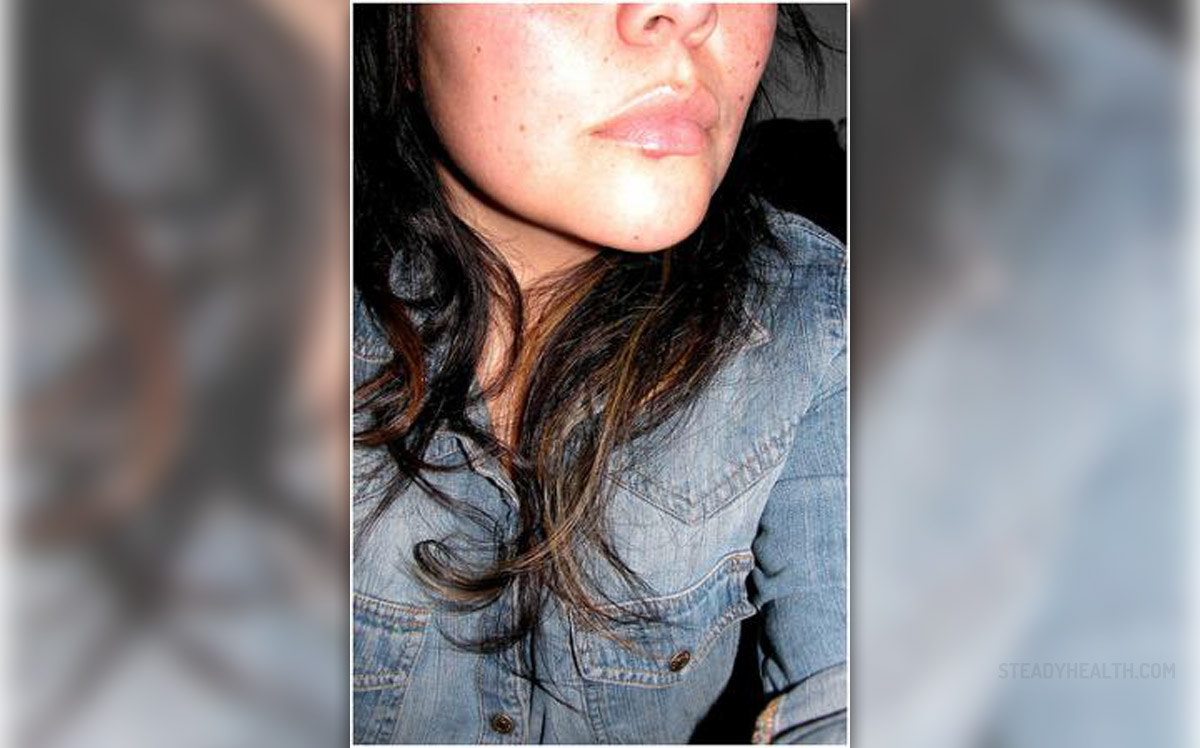
Cold sores, also known as fever blisters, are symptoms of the herpes simplex disease, caused by herpes simplex virus type 1 (HSV-1). This condition is also known under the name herpes labialis, or oral herpes. Cold sores are small and usually painful blisters filled with fluid that appear on the lips, mouth or nose. They usually last for just a couple of days but cause a lot of distress to the patient. Once contracted, cold sores frequently reoccur. There is no cure or prevention for cold sores, but one can take some relatively easy steps to reduce their frequency and shorten the duration of an outbreak.
Causes of cold sores
As already mentioned, cold sores are caused by herpes simplex virus. The virus is spread from an infected person to other people and the infection occurs when the virus gets into contact with the mucous tissue in the mouth or abraded skin on the lips. Once the virus enters the body it never leaves but rather remains latent in the central nervous system. In a great number of cases, the virus occasionally reactivates causing the outbreak of cold sores. When this occurs, the virus travels from the nervous system to the skin surface where it causes blisters.
Symptoms of cold sores
It is estimated that about 64% of adult population in the United States carries the virus in their system. However, not all of the patients manifest the symptoms of cold sores. Symptomatic episodes affect only a part of the carriers, but the virus can be transmitted, even if there are no symptoms present. When present, symptoms of cold sores develop in eight typical phases.
The first phase, known as the latent phase, usually lasts a couple of weeks to a couple of months after the first contact with the virus. This is when the virus moves to the sensory nerve ganglia. Predormal stage precedes the outbreak, and it usually starts with itching and reddening of the area. The stage lasts for a couple of hours up to a couple of days. The inflammation occurs when the virus infects the cells at the end of the nerve, and the immune system reacts in swelling and redness. At the fourth stage, the inflamed papules and vesicles appear, often painful and filled with fluid. During the following stage, the lesions will open and cause a lot of pain to the sufferer. This is the most contagious stage since the discharge contains active viral particles. After this stage, a crust will form and after about a week the new skin will begin to form underneath the scab. The final stage is characterized by reddish skin at the site of infection and regeneration of skin.










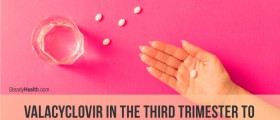
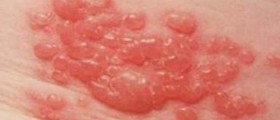
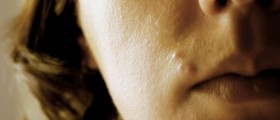
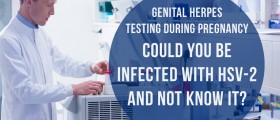
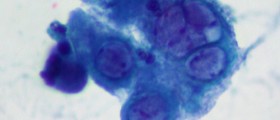


Your thoughts on this
Loading...